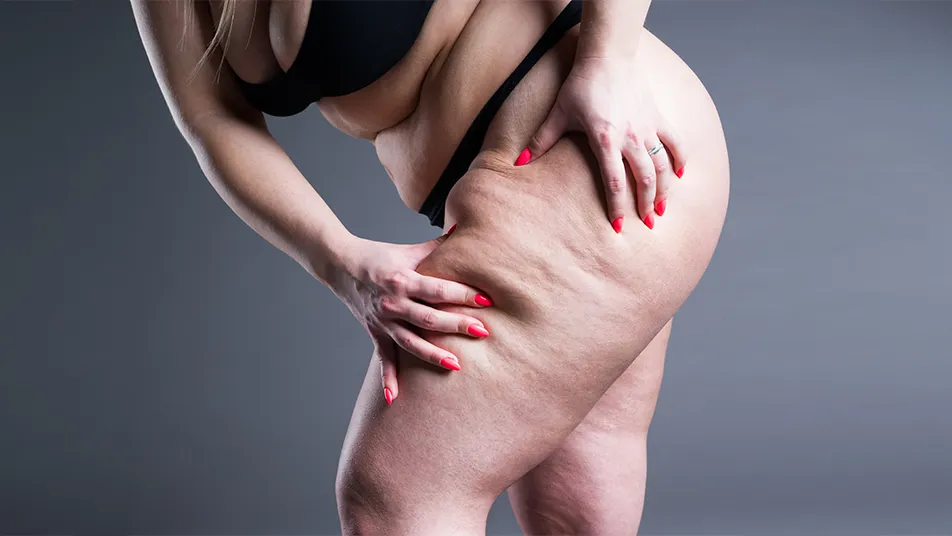Lipedema liposuction has become an increasingly recognized option for individuals seeking relief from the chronic pain, swelling, and disproportionate fat accumulation caused by lipedema. For many patients exploring comprehensive care options, combining non-surgical methods with surgical interventions can provide significant improvements in mobility, comfort, and quality of life. Those considering specialized procedures often consult clinics offering Lipedema treatment in Riyadh(علاج الوذمة الشحمية في الرياض) to understand the benefits, risks, and recovery expectations associated with liposuction specifically designed for lipedema-affected areas.
Understanding Lipedema Liposuction:
Unlike traditional cosmetic liposuction, lipedema liposuction is a targeted surgical procedure designed to remove the abnormal fat deposits characteristic of lipedema while preserving lymphatic vessels and minimizing tissue damage. This approach helps reduce pain, heaviness, and swelling, while improving limb shape and mobility. Surgeons typically use techniques such as water-assisted liposuction (WAL) or tumescent liposuction, which allow for gentler fat removal and faster recovery compared to conventional methods.
Indications for Surgery:
Lipedema liposuction is usually recommended for individuals whose symptoms are not adequately controlled through conservative therapies like compression, diet, and exercise. Patients with significant pain, mobility restrictions, or rapid progression of limb enlargement may benefit most. Surgeons assess factors including disease stage, overall health, and treatment goals to determine suitability. Early consultation helps patients set realistic expectations and understand how surgical intervention fits within a broader lipedema management plan, which may include ongoing non-surgical care.
Common indications include:
- Persistent pain and tenderness
- Limb heaviness interfering with daily activities
- Limited mobility or reduced exercise tolerance
- Progressive enlargement of legs or arms
- Inadequate response to conservative treatments
Surgical Techniques:
Modern lipedema liposuction employs advanced techniques that prioritize tissue preservation and lymphatic safety. Water-assisted liposuction (WAL) uses a gentle water jet to dislodge fat cells, reducing trauma and promoting quicker recovery. Tumescent liposuction involves injecting a local anesthetic solution that minimizes bleeding while allowing precise fat removal. Both approaches are designed specifically for lipedema tissue, offering improved outcomes in terms of pain relief, limb contouring, and long-term maintenance.
Key techniques include:
- Water-assisted liposuction (WAL)
- Tumescent liposuction
- Microcannula approaches for delicate tissue handling
- Staged procedures for extensive limb involvement
- Combination techniques tailored to patient needs
Benefits of Lipedema Liposuction:
Patients often experience significant improvements after lipedema-specific liposuction, including reduced pain, enhanced mobility, and improved limb shape. By removing lipedema fat, the procedure can also decrease chronic inflammation, support better lymphatic function, and facilitate ongoing management with conservative therapies. Many patients report enhanced confidence and comfort in clothing, walking, and performing daily activities, contributing to overall quality of life improvements.
Primary benefits include:
- Reduced limb pain and tenderness
- Improved mobility and physical activity tolerance
- Decreased swelling and fluid retention
- Enhanced limb contour and aesthetic appearance
- Complementary to ongoing non-surgical therapies
Recovery and Post-Operative Care:
Recovery after lipedema liposuction varies depending on the technique used and the extent of treatment. Patients are typically advised to wear compression garments immediately following surgery to support healing, reduce swelling, and optimize results. Physical activity is gradually reintroduced, starting with gentle movement and progressing to low-impact exercise. Regular follow-ups with the surgical team ensure proper healing and address any concerns promptly.
Post-operative care tips include:
- Consistent use of compression garments
- Short walks to encourage circulation
- Avoiding strenuous exercise in the first weeks
- Monitoring for signs of infection or unusual swelling
- Regular follow-up appointments with the surgeon
Risks and Considerations:
As with any surgical procedure, lipedema liposuction carries risks that patients should carefully evaluate. Potential complications include infection, temporary numbness, bruising, or irregularities in skin contour. Choosing a surgeon experienced in lipedema-specific techniques is crucial to minimize risks and achieve optimal outcomes. Patients should also consider long-term maintenance, as ongoing conservative therapies like compression, nutrition, and exercise remain important for sustaining results.
Potential risks include:
- Infection or delayed wound healing
- Temporary numbness or tingling
- Skin irregularities or uneven contour
- Fluid accumulation or seromas
- Need for staged procedures in extensive cases
Combining Surgery with Conservative Care:
Lipedema liposuction is most effective when integrated with a broader conservative management plan. Compression therapy, Manual Lymphatic Drainage (MLD), anti-inflammatory nutrition, and low-impact exercise remain essential for preventing recurrence and maintaining lymphatic health. Patients who continue these therapies after surgery often experience longer-lasting benefits and reduced discomfort. Clinics offering Lipedema treatment in Riyadh often emphasize this combined approach to ensure comprehensive care.
Recommended complementary strategies:
- Daily compression garment use
- Regular MLD sessions
- Low-impact aerobic and strength exercises
- Anti-inflammatory diet and proper hydration
- Ongoing monitoring by a specialist
Finding the Right Clinic:
Selecting a clinic and surgeon experienced in lipedema-specific liposuction is critical for safety and effectiveness. Patients should seek professionals trained in advanced techniques, familiar with lymphatic preservation, and committed to personalized treatment plans. Consultation typically includes a detailed assessment, discussion of expectations, and a review of recovery protocols. Choosing the right clinic ensures optimal results, a safer procedure, and a clear understanding of post-operative care requirements.
Criteria for choosing a clinic:
- Specialized experience with lipedema patients
- Use of advanced liposuction techniques (WAL, tumescent)
- Positive patient outcomes and testimonials
- Comprehensive post-operative support
- Integration with conservative therapy options
Final Thoughts:
Lipedema liposuction offers a transformative option for individuals struggling with pain, swelling, and mobility limitations associated with lipedema. When performed by skilled surgeons using specialized techniques, it can reduce fat deposits, improve limb shape, and enhance overall quality of life. Integrating surgery with ongoing conservative care, such as compression therapy and lymphatic support, ensures long-term results. For patients exploring comprehensive treatment plans, consulting specialists offering Lipedema treatment in Riyadh provides access to advanced options tailored to individual needs.

